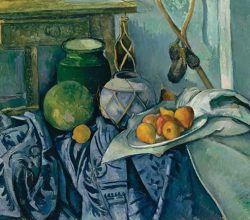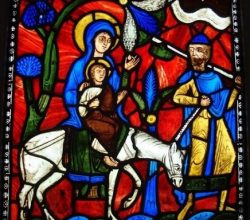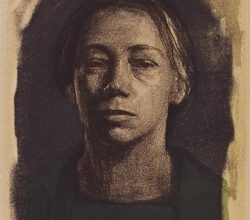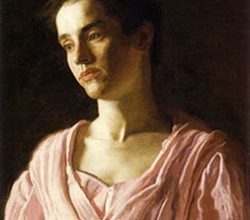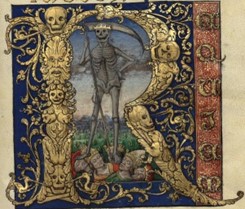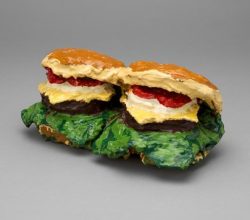
Remembering Claes Oldenburg
Siri Engberg | Walker | 18th July 2022
A critic once called Oldenburg “the thinking person’s Walt Disney, the most inventive of the Pop artists”. His small 1962 sculpture “Two cheeseburgers, with everything” (see this video) epitomized a keen eye for the self-contradictory. This interest emerged in his later public artworks of prosaic objects such as a clothespeg, made strange by their monumental scale and impracticality. Such works speak loudly to Oldenburg’s love of art that “does something other than sit on its ass in a museum.”

